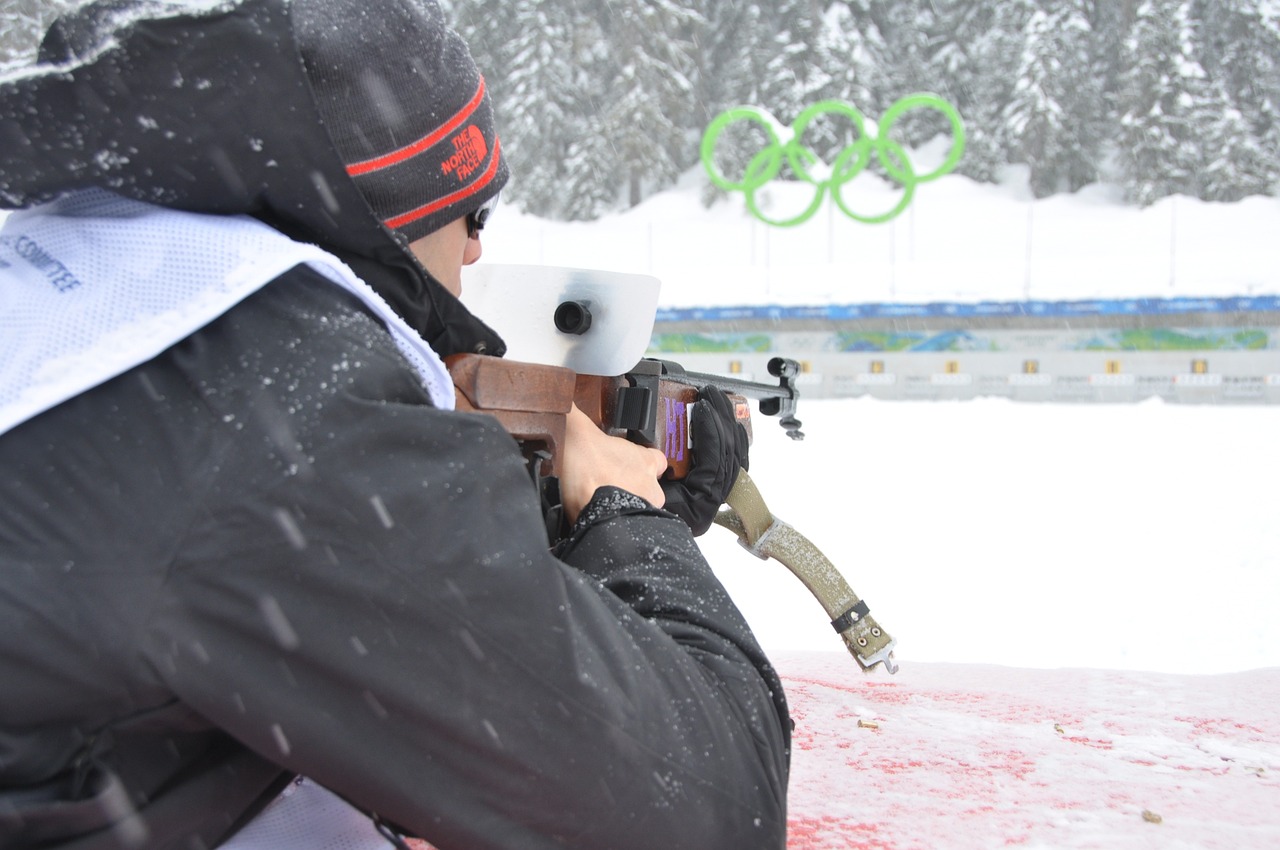Unraveling the Intricacies of Biathlon: A Cross-Disciplinary Sport
Biathlon is a unique and intriguing sport that combines two contrasting disciplines - cross-country skiing and rifle shooting. Its roots embedded deeply in the survival skills of ancient civilizations, it has evolved into a captivating competitive sport, testing athletes’ endurance, precision, and mental strength. This article will delve into the fascinating world of biathlon, offering a fresh perspective on its origins, current trends, and the scientific aspects of its training methodologies.

A Journey from Survival to Sport: Historical Context of Biathlon
Biathlon traces its origins back to the snow-covered landscapes of Scandinavia, where hunting and warfare required the ability to ski across lengthy distances and accurately shoot at targets. In Norway, the sport was popular as early as the 18th century, with military patrol being a part of the first Winter Olympics in 1924. However, it wasn’t until 1958 that the sport, as we know it today, came into existence with the introduction of the modern biathlon.
The Art and Science of Biathlon: A Unique Combination
Biathlon uniquely combines endurance and precision. Cross-country skiing requires athletes to exert themselves physically, pushing their cardiovascular system to the limit. Immediately after, they must calm their pounding hearts and steady their trembling hands to take accurate shots. This combination challenges athletes in unparalleled ways, requiring a balance of physical fitness, mental toughness, and meticulous technique.
Navigating the Challenges: Training for Biathlon
Training for biathlon is both demanding and diverse. Athletes must focus on building cardiovascular stamina and muscular strength for skiing, while also honing their shooting skills. The transition from skiing to shooting is a critical aspect, requiring athletes to control their breathing and heart rate rapidly. This interplay between physical exertion and calm precision forms the crux of biathlon training.
The Current Climate: Trends in Biathlon
Today, biathlon enjoys a significant following in Europe and North America. The sport is evolving with advancements in ski technology, shooting equipment, and training methodologies, making it faster, more precise, and increasingly competitive. Women’s participation in biathlon has also grown, with the first women’s event introduced at the 1992 Winter Olympics.
Biathlon: A Sport of Extreme Contrasts
In conclusion, biathlon is a unique sport, marrying the extreme physical exertion of cross-country skiing with the nerve-wracking precision of rifle shooting. It’s a sport that tests not only the physical capabilities of athletes but also their mental toughness, strategic thinking, and technical skills. Its evolution from a survival skill to a competitive sport is a testament to its enduring appeal and the extraordinary capabilities of its athletes.
The world of biathlon is indeed a fascinating one, offering endless exploration and insight into the human ability to push boundaries and conquer contrasting disciplines. Whether it’s the adrenaline of the ski tracks or the quiet focus of the shooting range, biathlon continues to captivate audiences, offering a thrilling spectacle of endurance, precision, and strategy that is unmatched in the sports world.




